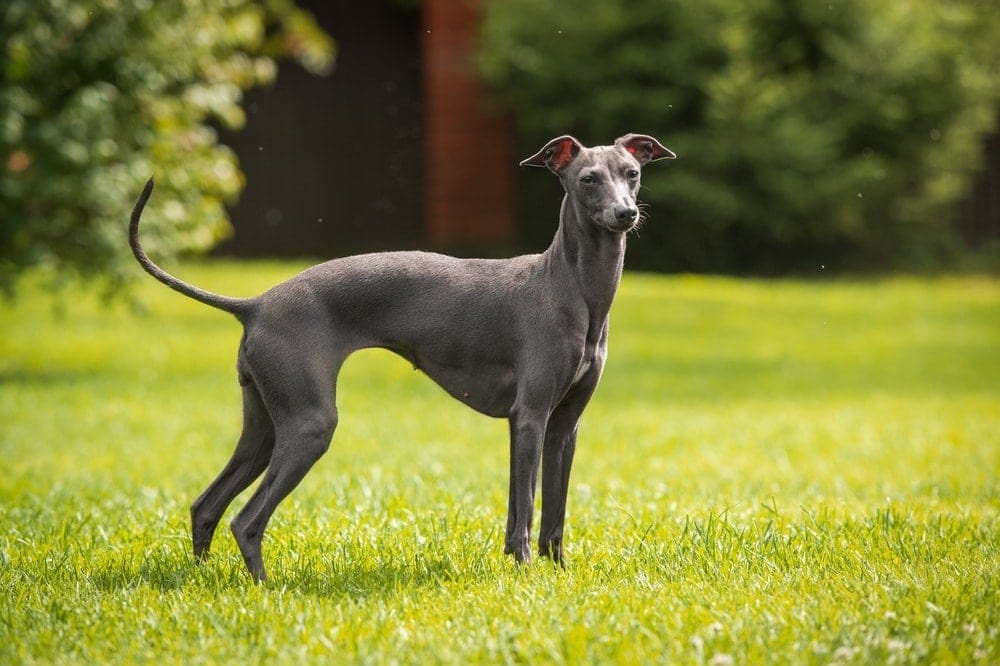15 Unique and Surprising Maltipoo Facts

By Misty Layne
Updated on
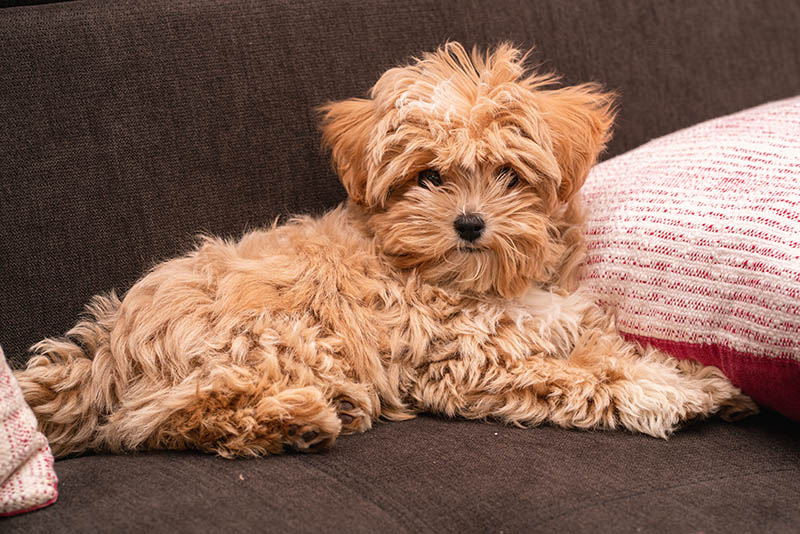
Whether you’re the parent of a Maltipoo or not, you probably know at least a little about this Poodle and Maltese hybrid breed. But even if you think you know a lot about these adorable canines, there’s always more to learn. That’s why we’re looking at 15 unique and surprising Maltipoo facts!
Believe it or not, there are probably a few facts on this list you didn’t know, even if you’re more than familiar with this breed. So, keep reading to boost your knowledge about the Maltipoo!
The 15 Unique Maltipoo Facts
1. Make excellent therapy dogs
are trained to go into places such as hospitals and schools to provide comfort and support for people. Because the Maltipoo has a sweet, silly, loving nature, the breed makes excellent therapy dogs. They can be incredibly calming for people with anxiety, and as they love to be affectionate, they can help cheer people up. So, if you work somewhere, such as a hospital or school, you could see a Maltipoo working as a therapy dog!
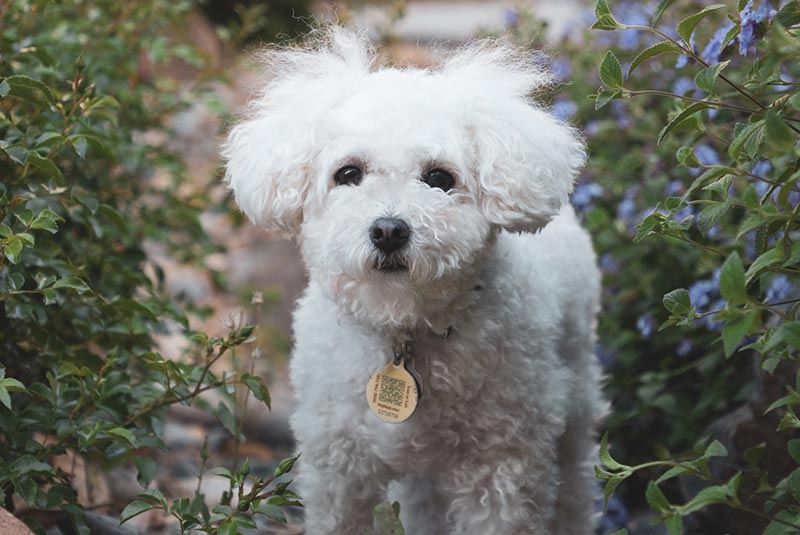
2. Are good for people with mild allergies
You may have heard that the Maltipoo is a hypoallergenic dog; unfortunately, there’s no truly hypoallergenic canine. However, these dogs are surprisingly low shedders. That means less dog hair and dander flying around, which makes them a good choice for those with mild allergies. Low shedding doesn’t mean less brushing, though! This dog will need to be brushed often (and sometimes every day, depending on the coat type).
3. Dark brown Maltipoos are rare
Maltipoos come in all different colors, including tan, apricot, white, black, and even merle. But you won’t often see dark colors, as the whiteness of the coat from the Maltese parent dilutes whichever color coat the Poodle parent has, causing the color to fade in the offspring. Plus, the standard for the breed is a preference for lighter colors. So, finding a dark brown Maltipoo is extremely rare!

4. Can’t be in the sun for long
Because the Maltipoo is meant to be an indoor pet, they can’t tolerate spending a long time under the sun. The breed is also susceptible to changes in temperature, so they need to stay shaded during summer months while outdoors (it’s also wise to put booties on your dog to protect its paws from heated concrete!). This susceptibility to temperature change also extends to the winter months when your Maltipoo will need to stay bundled up and indoors as much as possible.
5. Cannot be registered with the AKC
Because Maltipoos are a designer dog and a hybrid breed, they are not recognized by the American Kennel Club (AKC), as the AKC is only for pure-bred canines. So, if you come across a breeder who says its Maltipoo pups are AKC-registered, you’d do best to find another breeder.
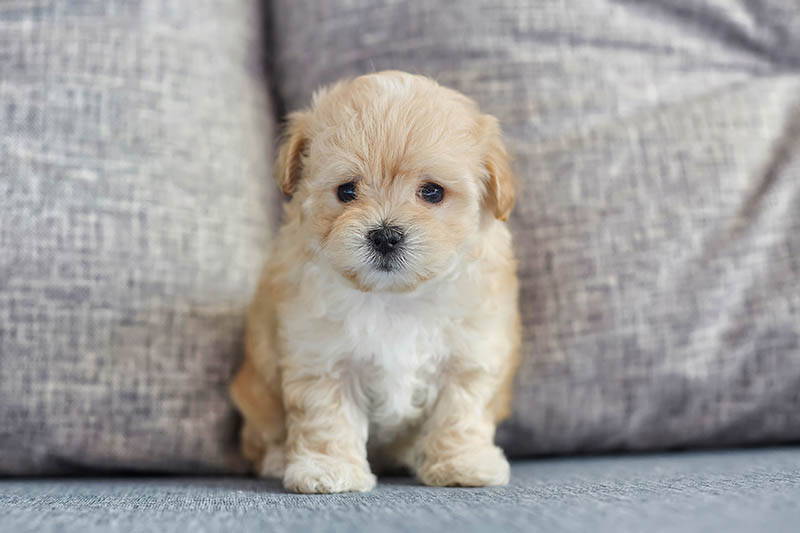
6. But the CKC recognizes the breed
However, the Continental Kennel Club (CKC) does recognize the Maltipoo. This club was started by breeders and continues to provide support and services to make a breeder’s job simpler to the current day. It was one of the first places to allow registration for designer dogs. The club classifies the Maltipoo as a “non-purebred miscellaneous” and recognizes the dog as a hybrid breed.
7. Dog clubs spell “Maltipoo” in different ways
Believe it or not, how this breed’s name is spelled varies by dog club! Clubs that stick with the “Maltipoo” spelling include The National Maltipoo Club, The International Designer Canine Registry, and the Maltipoo Club of America. But another North American club spells it as both “Maltipoo” and “Maltepoo”. And some clubs, such as the Designer Dogs Kennel Club and American Canine Hybrid Club, spell it as “Malt-A-Poo”!
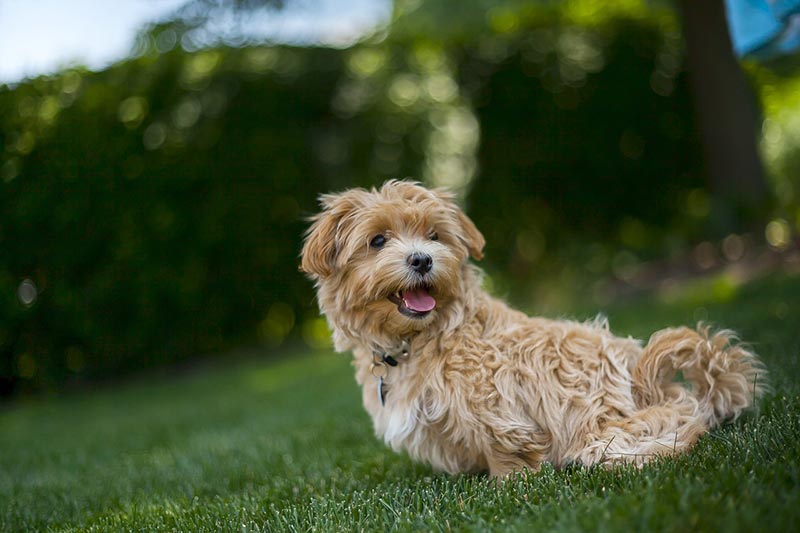
8. Maltipoos come in generations
Did you know that there are generations of Maltipoos? The first generations will be the ones that have a Poodle parent and a Maltese parent. But the second generation of this breed will be the result of two Maltipoos breeding. A third generation would be the result of mixing two second generations, and so on and so forth. So, make sure you find out which generation a Maltipoo is if the ancestry matters to you.
9. Have three coat types
The Maltipoo comes in three coat types: wiry and wavy, soft and silky, and curly and thick. The three different coat textures are due to their parentage and which parent they got more genes from. Maltipoos that get more Poodle genes usually have thick curly coats. Those that have more Maltese genes are typically soft and silky. The wiry, wavy coat is a combination of both genes.
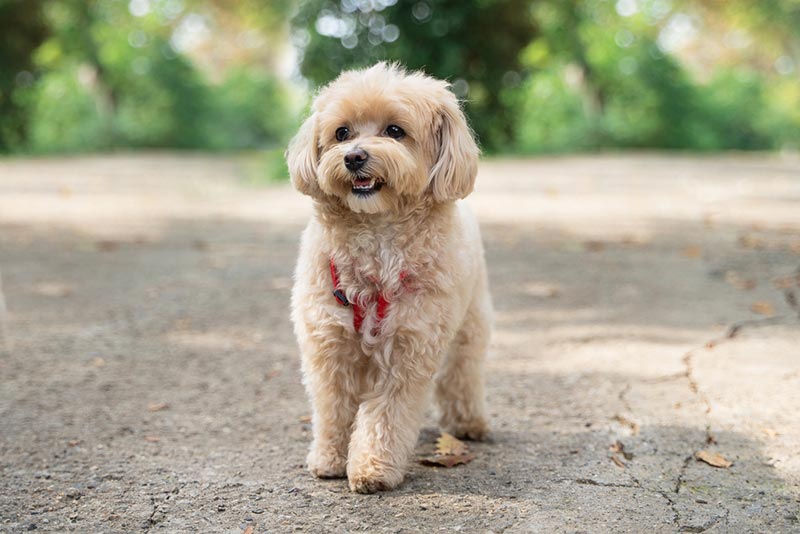
10. Are a newer breed
These pups are extremely popular, so it may seem like they’ve been around for ages, but the Maltipoo is actually a newer breed. This breed only showed up in the 1990s, making it about 30 years old. Unlike some designer dogs that were accidental, the Maltipoo was an intentional crossbreeding designed to create a small, affectionate canine.
11. Have many names
Though you’ve likely only heard this breed referred to as the Maltipoo, it actually has a host of other names. These less common names include MaltiPoodle, Malte-Poo, Multapoo, Maltese-Poodle, Moodle, Multipoo, Maltapoo, and Malt-oodles. Some of these names are a bit silly (like Moodle), so you can see why the Maltipoo has come out on top as the preferred name!
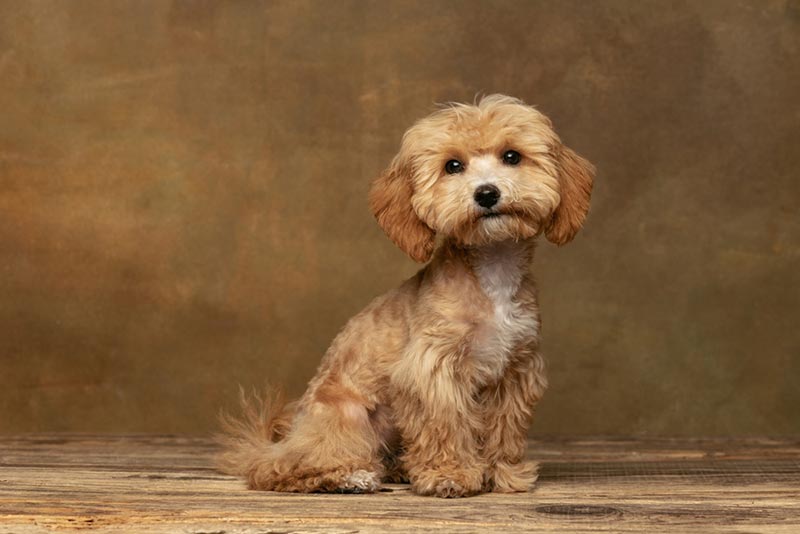
12. Some Maltipoos are water babies
Poodles were originally bred to be water dogs that retrieved waterfowl for hunters. And since the Maltipoo has Poodle genes, there’s a chance yours might be a water baby. Of course, this won’t apply to all Maltipoos, as some will have more genes from their Maltese parent, and the Maltese is not a big swimmer. But if your Maltipoo does enjoy water, encourage it because swimming is excellent exercise for your little one!
13. Stay puppies for life
The Maltipoo breed is popular for many reasons, but one of the biggest is due to the way this dog retains a puppy-like temperament all the way into adulthood. This dog will enjoy playing and romping the day away with you, no matter what age it is, unlike other dogs that may grow more chill as they age. So, be prepared to have a lifelong playmate with this pup!

14. Tear staining is common
Something important to be aware of when deciding to own a Maltipoo is that the breed is prone to tear stains (particularly those with lighter color coats). The reasons for these tear stains vary, but include health issues, allergies, infections, blocked tear ducts, and even how the eye is shaped. You’ll need to clean these tear stains up regularly, and you can try to prevent them from occurring if you can discover the cause of them.
15. Celebrities love them
Celebs are huge fans of the Maltipoo! They’ve become a big hit with celebrities due to their small stature and adorable teddy bear-like appearance. A few of the famous owners of Maltipoos include Rihanna, Blake Lively, and Jessica Simpson. And some Maltipoos have become celebs in their own right, such as Maliboo—this pup (and its siblings) has almost 500,000 Instagram followers!

 Conclusion
Conclusion
So, did you learn something new from this list? There’s a lot more to the Maltipoo than meets the eye, and now that you know these 15 unique and surprising facts about them, you’re pretty much an expert on the breed. Share this newfound knowledge with family and friends and let the world know how fabulous the Maltipoo is!
See also:
Featured Image Credit: Alex Boc, Shutterstock



